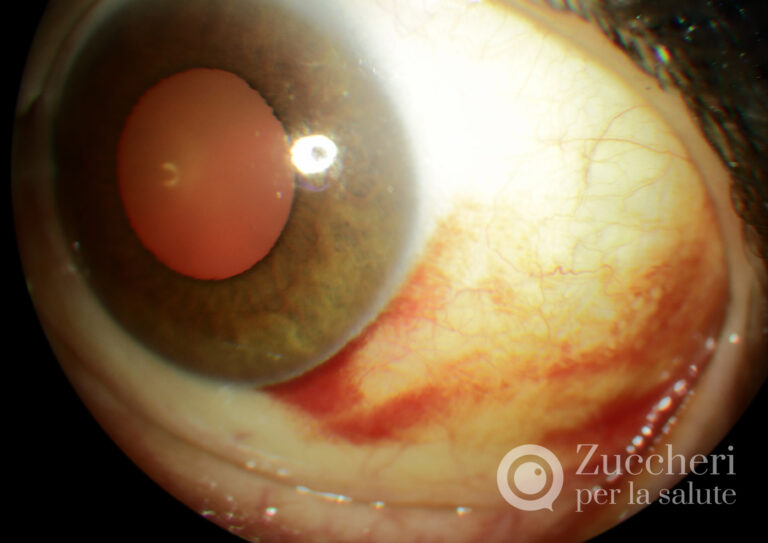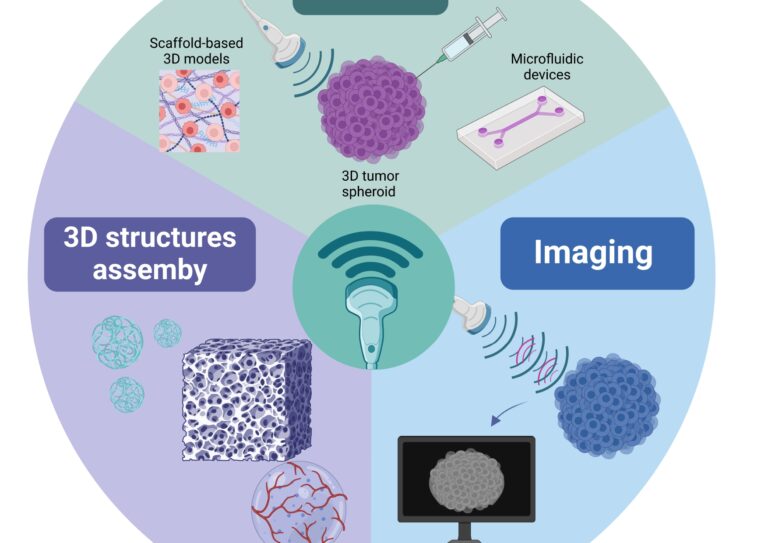-
2Se mentre passeggiamo in un parco, proviamo a cimentarci con qualche attrezzo ginnico, potrebbe capitare che uno di questi sia…Potentially useful insights without AI (AI free)29 September 2024
-
2The race of research to obtain new therapeutic paths in Medicine, especially for tumor diseases, sometimes takes on a spasmodic…English Version25 August 2024
-
2La corsa della ricerca per ottenere nuovi percorsi terapeutici in Medicina, soprattutto per le malattie tumorali, talora assume un ritmo…Future outlook14 August 2024
-
3Gli Ultrasuoni (US) sono onde pressorie acustiche che non sono percepite dall’orecchio umano e si diffondono nei tessuti che compongono…Future outlook8 August 2024
-
4Le terapie antitumorali a volte producono effetti avversi significativi sugli occhi [1,2], che possono danneggiare la vista del paziente a…Therapies and treatment methods4 July 2024
insights
Red Eye caused by Subconjunctival Haemorrhage
It is common for a patient to request an urgent eye examination due to alarm over the sudden appearance of a marked redness in part of the conjunctiva, which is the mucous membrane covering the sclera of the eyeball. The sclera typically appears white and contains numerous capillaries. Occasionally, a vessel in this structure can […]

It is common for a patient to request an urgent eye examination due to alarm over the sudden appearance of a marked redness in part of the conjunctiva, which is the mucous membrane covering the sclera of the eyeball. The sclera typically appears white and contains numerous capillaries.
Occasionally, a vessel in this structure can rupture for various reasons, causing a noticeable haemorrhage against the white background.
This condition is referred to as subconjunctival haemorrhage.
Frequently, the colored area, which is strikingly red, is limited to a small section of the conjunctival surface. Other times, it may extend over almost the entire conjunctiva; the coloration can range from modest to intense, appearing thickened if there is a substantial blood leakage.
The symptoms experienced by the individual are usually minimal, so much so that they become worried due to reactions from others who see them. This heightens the patient’s anxiety with inevitable questions like, “What happened to you? Are you okay? You should get checked out immediately,” etc.
Some causes of this condition include:
– The use of anticoagulant or antiplatelet medications, such as aspirin or non-steroidal anti-inflammatory drugs (NSAIDs)
– Hypertension
– Sudden temperature changes
– Physical exertion, especially with a closed glottis (such as vomiting) or heavy lifting
– Coughing, violent sneezing
– Prolonged position with the head down
– Pathological coagulation disorders due to hematological diseases
– Eye rubbing, sometimes unnoticed, such as during sleep
– In newborns, if they have experienced significant effort during birth or in mothers who have just given birth following a strenuous labor
In most cases, this blood leakage beneath the external surface of the eye is harmless and does not cause vision problems or other local consequences.
However, it might be useful to also evaluate the Fundus, which is the Retina, located in the deep and posterior part of the eyeball. The Retina is the most noble and delicate part of all ocular structures, equipped with a special circulation; it can be affected by systemic diseases such as Diabetes, Hypertension, and various inflammatory, infectious, and oncological diseases.
Therefore, the rupture of a subconjunctival capillary might represent the tip of an iceberg affecting the Retina, based on a seriously concerning underlying health condition.
During a period when I was providing ophthalmic consultation in a hospital Neonatology department, it was possible to observe a particular condition of subconjunctival haemorrhage in some newborns who, after a difficult birth, presented subconjunctival haemorrhage associated with rare retinal haemorrhages.
In such situations, subsequent monitoring was conducted until complete spontaneous resolution.
Course and Treatment
Generally, no specific therapy is required unless complications arise.
The blood leakage in the eye usually resolves spontaneously within one to two weeks.
Further diagnosis should be pursued: monitoring blood pressure, and performing blood tests (especially if there are bruises or other bleeding in other body areas).
Please note that the contents of our site are not a substitute for medical advice.
Always consult your primary care physician for any decisions regarding your health.




